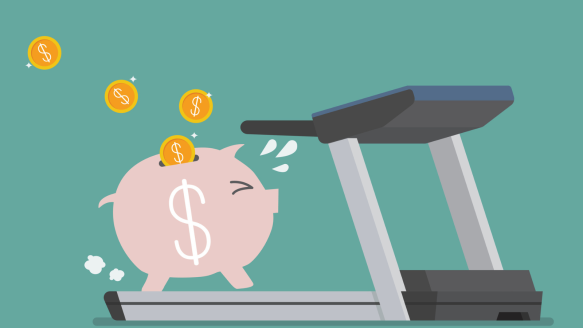 The back-to-school season arrives quickly each year, often catching parents and their budgets off guard. Preparing for back-to-school shopping can also be a challenge in the current economic climate. The National Retail Federation predicts that in 2024, parents will spend an average of $875 on back-to-school shopping for younger students and around $1,365 for college students. These significant costs emphasize the need for careful planning and smart shopping strategies to ease the financial burden of this season.
The back-to-school season arrives quickly each year, often catching parents and their budgets off guard. Preparing for back-to-school shopping can also be a challenge in the current economic climate. The National Retail Federation predicts that in 2024, parents will spend an average of $875 on back-to-school shopping for younger students and around $1,365 for college students. These significant costs emphasize the need for careful planning and smart shopping strategies to ease the financial burden of this season.
To help you prepare without overspending, here are six tips to make back-to-school shopping more budget-friendly.
1. Assess What You Already Have
Begin by taking a comprehensive inventory of what you already own. Check last year’s supplies and clothing to see what can be reused. Thoroughly search desks, drawers, and closets for items that can be repurposed or that don’t need replacing (notebooks, pens, pencils, etc.). By identifying what you already have, you can avoid duplicate purchases and buy only what is necessary. Additionally, go through your child’s wardrobe to determine which clothes and shoes still fit, reducing the need for a full wardrobe replacement.
2. Set a Realistic Budget
Establishing a clear budget before you start shopping is crucial. Review your child’s school supply list and set a spending limit that covers all the essential items. To avoid overspending, base your budget on regular prices rather than sales, giving yourself a buffer for unexpected expenses. If the projected total exceeds your budget, prioritize essential items and seek alternative options for items that may not be as crucial.
3. Conduct Thorough Research
Maximize savings by comparing prices across different retailers and planning your shopping around sales events. Keep an eye out for student discounts offered by many retailers, which can provide significant savings on tech, clothing, and supplies. Additionally, explore and take advantage of online only deals and subscribe to retailers’ newsletters for exclusive discounts and promotions. Sift through your emails for coupons you may have missed – we’ve all signed up for store emails that we’ve forgotten about, and you may just have additional discounts in the palm of your hand.
4. Explore Alternative Shopping Options
While popular retailers like Amazon, Target, and Walmart are convenient, consider alternative options such as dollar stores, discount outlets, and wholesale clubs. These stores often offer substantial savings on school supplies without sacrificing quality. Wholesale clubs can be especially advantageous for large families. Bulk shopping doesn’t make sense for your family? Ask other parents if they’d be interested in splitting the cost of bulk purchases among a larger group.
5. Opt for Refurbished or Gently Used Items
Save money on electronics by purchasing certified refurbished models from reputable sellers. These products often function just as well as new ones, but come at a fraction of the price. Additionally, explore thrift stores for gently used clothing, backpacks, sports equipment, and other supplies. This can be a cost-effective way to provide your child with stylish outfits and necessary items while staying under budget.
6. Plan for Future Needs
Consider planning for next year’s needs during current sales. Anticipate items your child will need and purchase them during off-season sales or special promotions. For example, remember to take advantage of Memorial Day and 4th of July sales for clothing or tech items you know your child will need next year. This proactive approach can spread expenses and reduce financial stress in the future.
First Financial is Here for You
Navigate back-to-school season with confidence and ease the financial burden by implementing these strategies. First Financial is here to help you make informed purchasing decisions and ensure a stress-free start to the new school year.
For personalized financial advice, call 732.312.1500, visit a branch, or explore our services online. Don’t forget to subscribe to our First Scoop blog for more valuable insights and money-saving tips.





